CPAWS at Poplar River Youth Camp
 Email This Page
Email This Page
Ron Thiessen, CPAWS Manitoba Executive Director
Chanda and I have recently returned from an enriching and enlightening trip to Weaver Lake in Poplar River First Nation’s traditional territory. Nestled within the intact wilderness on the east side of Lake Winnipeg, the Poplar River community is working to protect 8000 square kilometers of their traditional lands and waters from industrial developments.
Poplar River First Nation is also part of an initiative with other boreal communities in the region to establish a 40,000 square kilometer World Heritage Site straddling the Manitoba-Ontario border. I was invited to be a role model at their annual youth camp designed to connect Aboriginal Youth to the natural landscape and learn traditional knowledge.
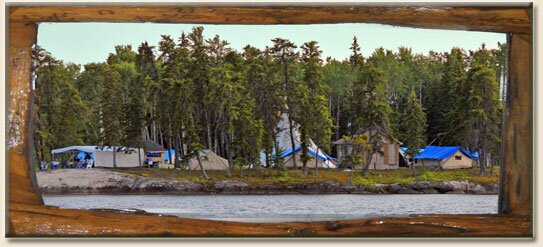
We were fortunate to speak with the 14-20 year olds about CPAWS’ conservation efforts and provide opportunities to get involved in caring for the planet through jobs and volunteering. We all learned great lessons such as the history of the sweat lodge and we were lucky to participate in fun games and work our vocal cords with traditional Aboriginal songs.
While there, we asked the kids how they felt about safeguarding the Boreal Forest. Here’s what they said…
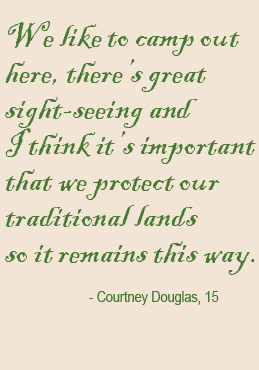
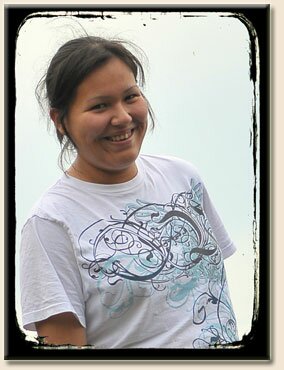


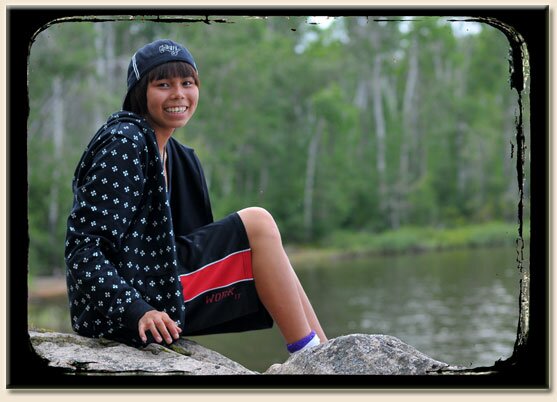



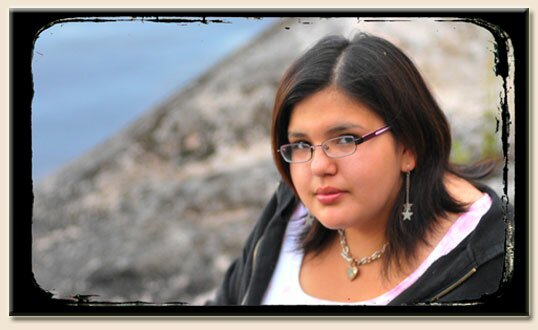
![You don’t see this in other places very often, these tall trees - you never know how long they’ve been around – this clean lake. This is beautiful where I am right now. I would love to make sure that my children know who they are; their ancestors are from here. This is where we belong. I don’t think many people see that it’s so beautiful here. I’m very glad my aunty [Sophia Rabliauskas] is doing something so that other people will know what’s here. - Whitney Bittern, 18](/wp/wp-content/uploads/whitney-text.gif)
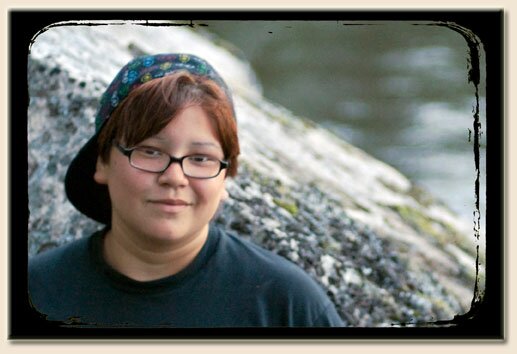

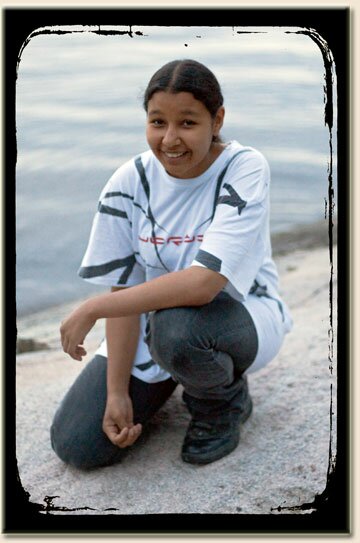
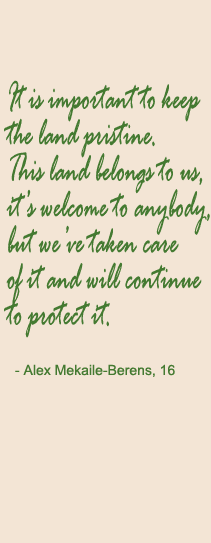
Learn More and Take Action
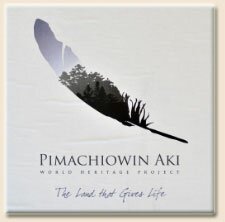 |
Learn more about the First Nations quest to a establish a 40,000 square km World Heritage Site in the intact lands and waters straddling the Manitoba-Ontario border.
www.pimachiowinaki.org/ |
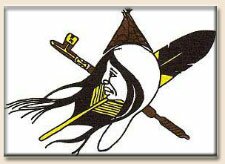 |
Poplar River First Nation’s journey to protecting 8000 square kilometers of their traditional territory from industrial developments.
www.poplarriverfirstnation.ca/poplar_river_park.htm |

To conveniently let Premier Selinger know how you feel about the World Heritage Site and granting First Nation land protection requests, please click here.

